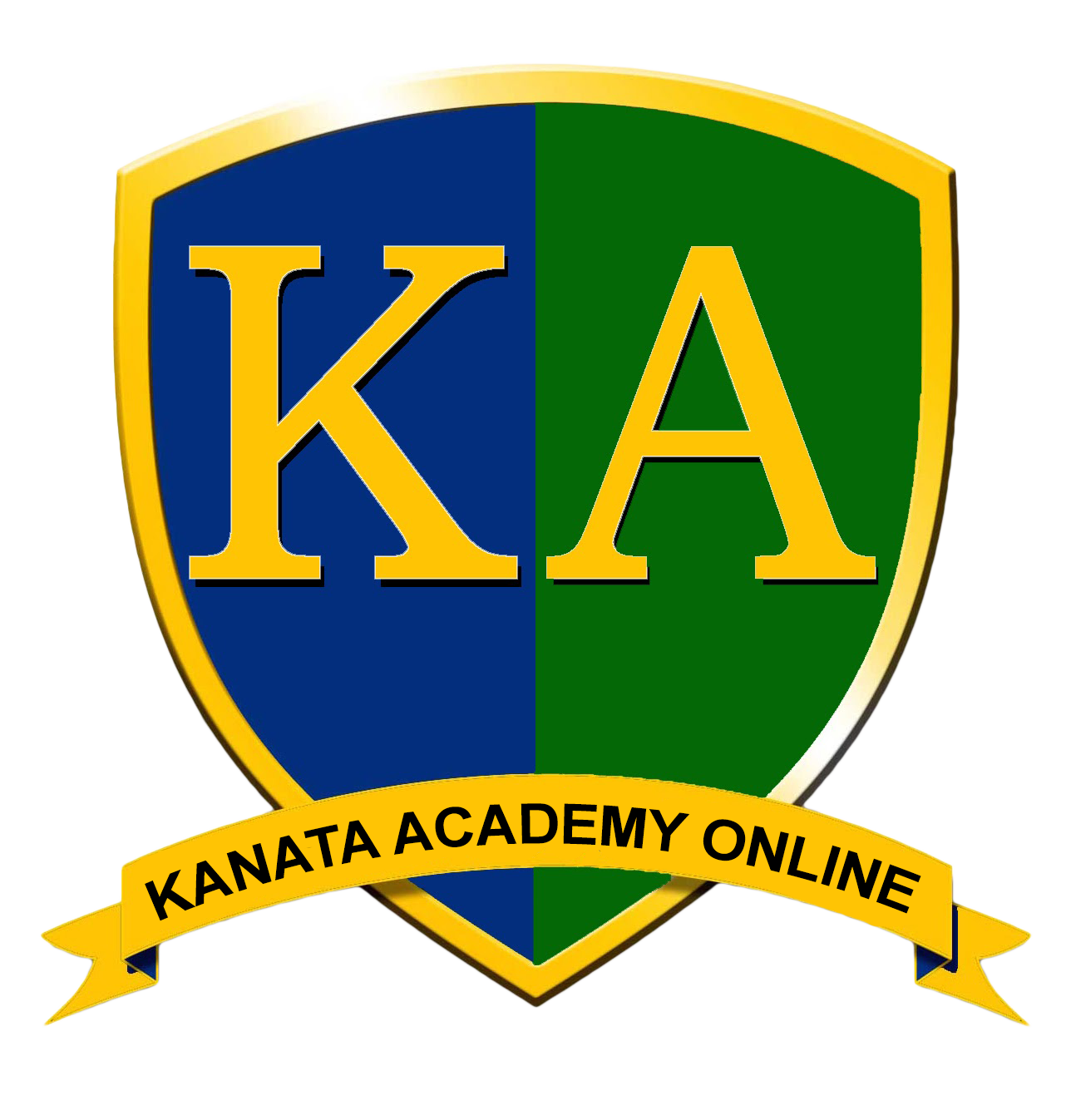Virtual Cooperative education is a program that allows students who are at least 16 years of age to earn secondary school credits while completing a work placement.
In Virtual Co-op, students complete all or part of the placement component of their program remotely using electronic communications technology. The placement supervisor may be located in their local community or in another community, city, or province. Students may earn a minimum of one and a maximum of two cooperative education credits for each related course, whether it is a full- or half-credit course. If the related course is a multiple-credit course, a student may earn a maximum of two co-op credits for each credit earned in the related course.
The Virtual Cooperative Education course consists of a classroom component and a placement component.The classroom component includes pre-placement session and classroom integration sessions. The pre-placement sessions prepare students for the workplace and include instruction in areas of key importance, such as health and safety. The classroom integration sessions provide opportunities for students to reflect on and reinforce their learning in the workplace as the program progresses.
A personalized placement learning plan (PPLP) is developed for all students in a cooperative education program. A student’s progress in achieving the curriculum expectations and in meeting the requirements identified in the PPLP will be assessed and evaluated by the eCo-op teacher through regular workplace monitoring meetings with the student and the student’s workplace supervisor.(MOE, 2011a, pp. 75-76)

